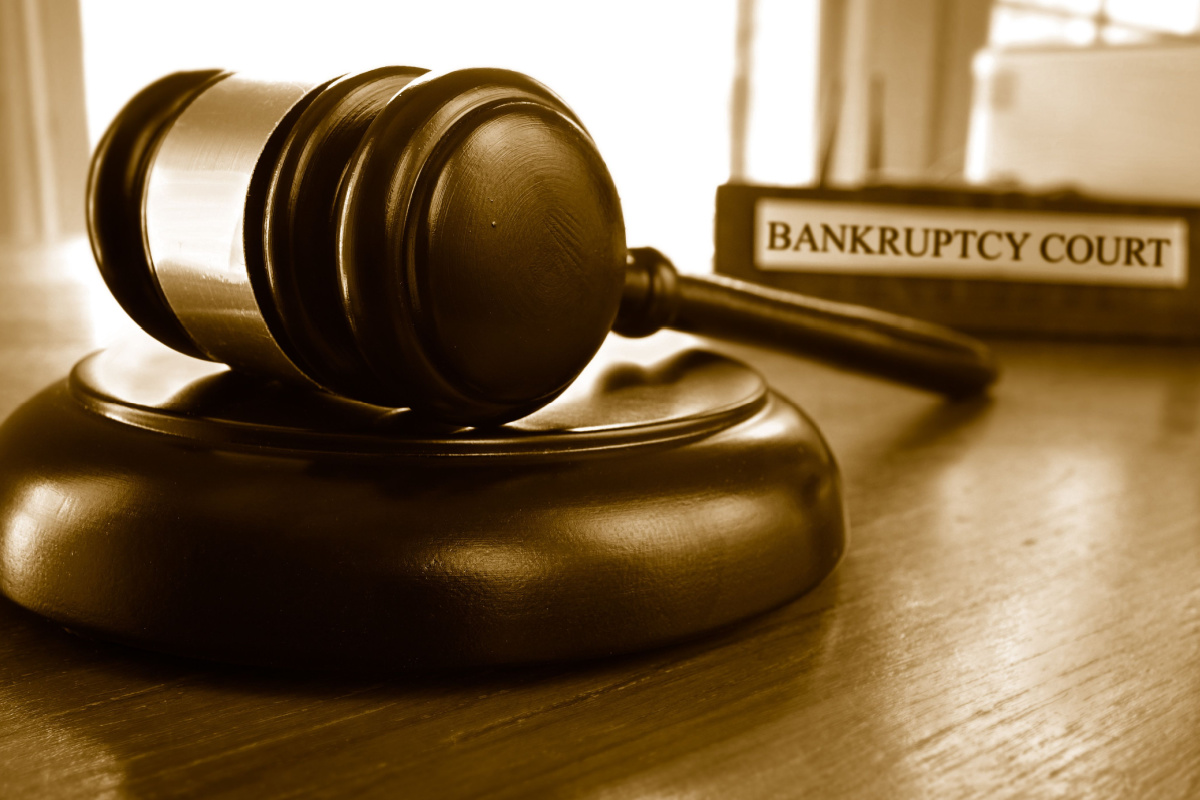





Attorney at Debt Advisors Law Offices
Practice Areas: Chapter 7 Bankruptcy, Chapter 13 Bankruptcy, Stop Foreclosure

Filing for bankruptcy often comes with fear about losing everything you own. Many people believe they will walk away with nothing, but that is a misconception. Bankruptcy laws include property exemptions that allow you to keep essential assets so you can rebuild your life. These exemptions exist to make bankruptcy a tool for a financial fresh start, not a punishment.
This guide explains the difference between exempt and non-exempt property, outlines Wisconsin’s exemption rules, and highlights how Chapter 7 and Chapter 13 bankruptcies affect what you can keep.
Exempt property refers to assets you are allowed to keep during and after bankruptcy. Non-exempt property, on the other hand, may be sold by the bankruptcy trustee to repay creditors.
The key to keeping property is accurate disclosure. Every asset must be listed truthfully. Hiding or transferring property can be considered fraud, leading to loss of exemptions and even dismissal of your case.
The bankruptcy trustee plays a central role in this process by reviewing your listed assets and ensuring exemptions are applied correctly. Being honest and thorough gives you the best chance of protecting what matters most.
These exemptions vary by state, and Wisconsin allows residents to choose either the state exemption system or the federal system. Here are the most common types of exempt property in Wisconsin:
Property exemptions are designed to protect what debtors truly need, ensuring bankruptcy provides a fresh start instead of leaving people destitute.
The type of bankruptcy you file has a significant impact on how property is treated.
Chapter 7 is often called liquidation bankruptcy. Non-exempt property may be sold by the trustee to pay creditors. However, when exemptions are applied properly, many people can keep all of their important assets.
In Chapter 13, debtors enter into a repayment plan lasting three to five years. You can usually keep both exempt and non-exempt property, but the value of non-exempt property influences how much you must repay creditors.
Wisconsin residents can choose between state exemptions or federal exemptions, but not both. This choice can make a big difference depending on your property type and value.
Under Wisconsin law, the homestead exemption allows debtors to protect up to $75,000 in equity in their primary residence (double for married couples).
When weighing these choices, many people consult a Milwaukee bankruptcy lawyer to understand which exemption system offers the most protection based on their assets. Local legal guidance ensures exemptions are applied correctly and that mistakes are avoided.
Several factors determine whether your property will be exempt in bankruptcy.
The type and value of the property matter most. For example, a vehicle worth $3,000 falls under Wisconsin’s $4,000 exemption, while a more valuable vehicle may not be fully protected.
Another factor is the exemption system you select. Wisconsin’s rules are generous for homesteads and tools of trade, while federal exemptions provide broader household goods coverage.
Secured debts also play a role. If your home or car is mortgaged, you must continue making payments to keep the property, even if the equity is exempt.
Finally, accuracy in reporting assets is critical. Any mistakes or omissions can cause problems with your case and may result in losing property unnecessarily.
One of the most common myths is that filing bankruptcy means losing everything. In reality, most people keep the property they need to live and work.
A frequent mistake is failing to properly claim exemptions. Even small errors on paperwork can put valuable assets at risk. Another mistake is attempting to transfer property to friends or family before filing. These actions are usually reversible and can harm your case.
The outcome of any case depends on its specific facts. Past results do not guarantee future outcomes.
For details on Wisconsin exemption statutes, see Wisconsin Stat. § 815.18.
|
Asset Type |
Wisconsin Exemption (approx.) | Federal Exemption (approx.) |
Notes |
| Homestead (primary home) | $75,000 equity ($150,000 joint) | $27,900 equity | WI offers higher protection for homes |
| Vehicle | $4,000 equity | $4,450 equity | Similar limits |
| Jewelry | $1,500 | $1,875 | Federal slightly higher |
| Tools of Trade | $15,000 | $2,800 | WI much higher |
| Household Goods | Reasonable + capped value | $14,875 combined | Federal has set dollar limits |
| Retirement Accounts | Fully exempt (ERISA-protected) | Fully exempt | Both broadly protect |
Yes, Wisconsin’s homestead exemption protects up to $75,000 in equity, or $150,000 if filing jointly as a married couple.
You may keep one vehicle with up to $4,000 equity in Wisconsin. If the car is financed, loan payments must still be made.
Most pensions and retirement accounts, including ERISA-protected plans, are fully exempt under Wisconsin and federal bankruptcy laws.
Yes, debtors in Wisconsin can select either system, but not both. Choosing the right one depends on the assets you want to protect.
Only your primary residence qualifies under the homestead exemption. Additional homes or investment properties may be treated as non-exempt assets.
Omitting or undervaluing property can be seen as fraud. Full and accurate disclosure ensures exemptions are applied correctly.
Bankruptcy is not meant to take away everything you own. Through exemptions, you can keep essential property like your home, car, retirement accounts, and household goods. Wisconsin offers generous protections compared to federal exemptions, especially for homesteads and tools of trade.
Choosing the right system and filing accurately can make the difference between protecting your assets or losing them. Bankruptcy can provide the relief needed to move forward, but only when handled carefully.
The attorneys at Debt Advisors Law Offices are dedicated to guiding Wisconsin residents through the process with clarity and care. By helping you apply exemptions correctly, we ensure that bankruptcy becomes the first step toward financial recovery.

Learn about bankruptcy protections, types of bankruptcy, how to get started, what to expect, and who to trust. Filing bankruptcy is the ONLY way to completely eliminate debt. If bankruptcy is right for you, it offers powerful protections that cannot be achieved through alternative solutions such as hardship relief, loans, or debt settlement.